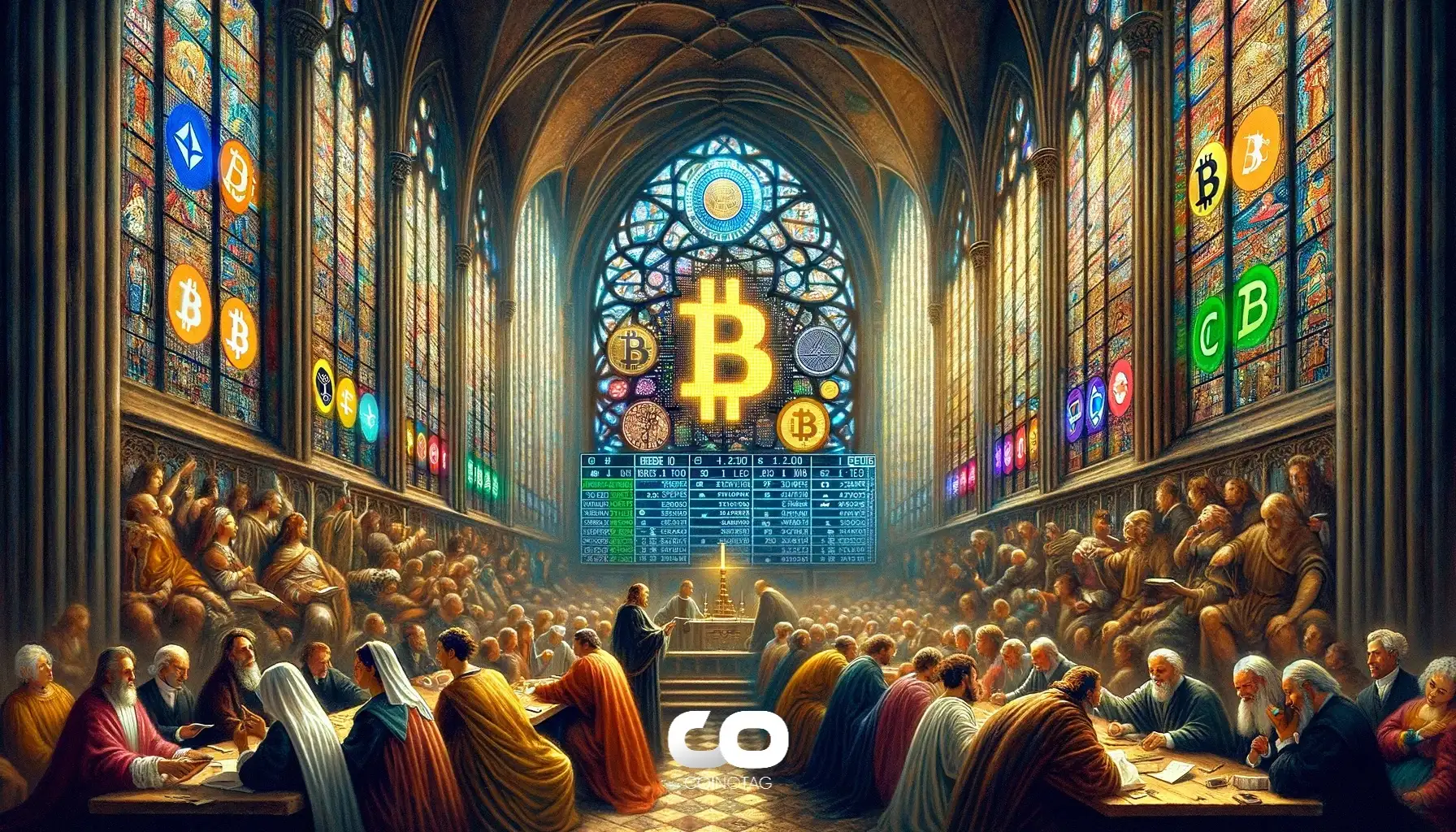Physical Address
304 North Cardinal St.
Dorchester Center, MA 02124
Physical Address
304 North Cardinal St.
Dorchester Center, MA 02124


This article addresses common Bitcoin FUD stories by examining their validity and analyzing the evolution of the cryptocurrency through a historical and financial perspective.
Critics such as investors Warren Buffett and Charlie Munger argue that Bitcoin has no inherent value, calling it speculative and volatile. Buffett once described Bitcoin as “rat poison squared” and asserted that it does not generate any dividends or earnings. Munger, on the other hand, described cryptocurrency as “disgusting” and argued that its existence is against the interests of civilization.
Despite such criticism, Bitcoin has shown growth since its inception and has solidified its position as a leading asset. A Federal Reserve Review article by economists Aleksander Berentsen and Fabian Schär supports this view, stating that “Bitcoin is not the only currency without intrinsic value…Currencies under state monopoly also have no intrinsic value.” This statement suggests that the measure of intrinsic value is subjective and often related to social perceptions and utility.
Bitcoin’s limited supply of 21 million and increasing institutional adoption through developments such as Bitcoin exchange-traded funds (ETFs) position it as a store of value comparable to gold.
Bitcoin’s parabolic price increases have led some market watchers to compare it to historical bubbles like the Dutch tulip mania. But returning to a clearer perspective, Held emphasizes that Bitcoin offers a digital store of value that is resistant to seizure and adaptable to market needs.
JPMorgan CEO Jamie Dimon’s latest hearing marks a departure from past criticism. Dimon initially called Bitcoin a “hype” but acknowledged its durability amid growing market acceptance, saying “fads don’t usually last 12 years.” Unlike past bubbles, Bitcoin has been able to avoid the devastating crashes that hinder asset recovery.
Senator Elizabeth Warren’s claim that Bitcoin primarily serves as a money laundering tool shows that she does not understand the transparency of cryptocurrency. The Bitcoin blockchain was designed to allow transaction tracking, refuting the argument that it facilitates illegal activity.
While some services can help hide the Bitcoin footprint, such applications are far from the transparency of blockchain technology. Held said: “The problem lies with sovereign currencies, not Bitcoin; because most work on transparent books, which makes it difficult to hide funds”, he points out.
Critics often say that the energy use is unsustainable, especially due to Bitcoin’s proof-of-work (PoW) mining process. However, this narrative does not take into account the increasing transition to renewable energy sources in the mining community. Bitcoin’s energy consumption has reached levels comparable to some countries, raising legitimate concerns about its environmental impact.
Held defends Bitcoin’s energy model, suggesting critics should compare energy consumption to traditional industries. New research shows that Bitcoin mining can accelerate the use of renewable energy by monetizing excess energy produced, creating a potential revenue stream for sustainable practices.
Fears are growing that advances in quantum computing pose a theoretical risk to Bitcoin’s security. However, experts argue that the rush to discuss quantum threats oversimplifies the situation. Held emphasizes that the crypto security environment is resilient and proactive, stating that Bitcoin’s protocol can be adapted if a viable quantum threat emerges.
The largest stablecoin, Tether USDt (USDT), which is closely related to Bitcoin, is often at the center of FUD narratives about cryptocurrency stability. Critics argue that Tether’s lack of transparency around its reserves has fueled fears of systemic risk in the broader crypto market. However, experts like Held argue that while a Tether collapse would have serious consequences, bitcoin’s fundamental structure is robust enough to withstand such an event.
This ongoing debate highlights the need for clearer regulations and transparency in the stablecoin sector to increase investor confidence.
Lawsuits against Bitcoin often stem from a misunderstanding of its technology and value. Although Bitcoin faces challenges related to its intrinsic value, energy consumption and market criticism, it remains resilient as a transformative financial asset. With a deeper understanding of these underlying narratives, investors can navigate the complexities of the crypto market with greater confidence and realize that Bitcoin is not a fad, but a revolutionary force in global finance.